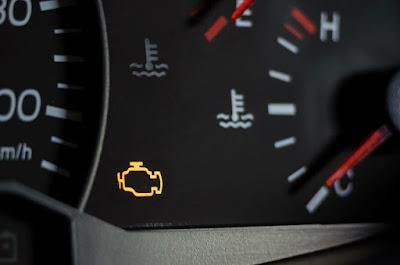Many car owners may admit that at one time, they have put off the car maintenance services recommended by the vehicle manufacturer. Not understanding what does a full car service consists of, they don’t want to take time out of their busy schedule, or their budget was too tight. These car owners may be thinking that they are saving money, but in reality, they may actually be spending more, as the cost of an emergency car repair is much greater than the cost would have been for the routine car maintenance.
There is a good reason that car manufacturers publish service guidelines—they understand what it takes to make sure that when their cars come off the assembly line, they operate as reliably and safely for as long as possible. Regular maintenance not only helps drivers avoid urgent and expensive car repair, but it is also important in keeping your car driving as safe as possible on the road.
So how does one find out what does a full car service consist of? Many Car drivers know that their vehicle has a manual that lists the recommended mileage or time interval for each maintenance service item. You should find it in the glove box of your car. Or, you can ask your expert car repair mechanic for advice.
What does a full service consist of? At least once a year:
- Inspect all lights (interior and exterior), warning lights, and horn.
- Inspect windshield for cracks, condition of wiper blades and washer reservoir
- Drain the motor oil and refill with fresh oil. Inspect for oil leakages.
- Replace air filter,
- Inspect the radiator’s coolant level and top off as needed. Also, inspect for leakages in connections and hoses.
- Inspect condition of belts, spark plugs, time belt, and gas cap.
- Inspect the brakes, including the condition of the brake fluid, brake pads, rotors and caliper for wear, and hand brake.
- Have the condition of the tire inspected, as well as tread wear, rotation, and air pressure.
- Inspect the suspension system, including shocks, struts, wheel bearing, and brake fluid.
- Inspect the condition of the exhaust system.
So if you want to know what does a full car service consist of, call our ASE Certified technicians at Proshop Automotive for more information about car repair and to make an appointment. Our auto repair shop proudly serves residents in Colton, CA, and the surrounding areas.

